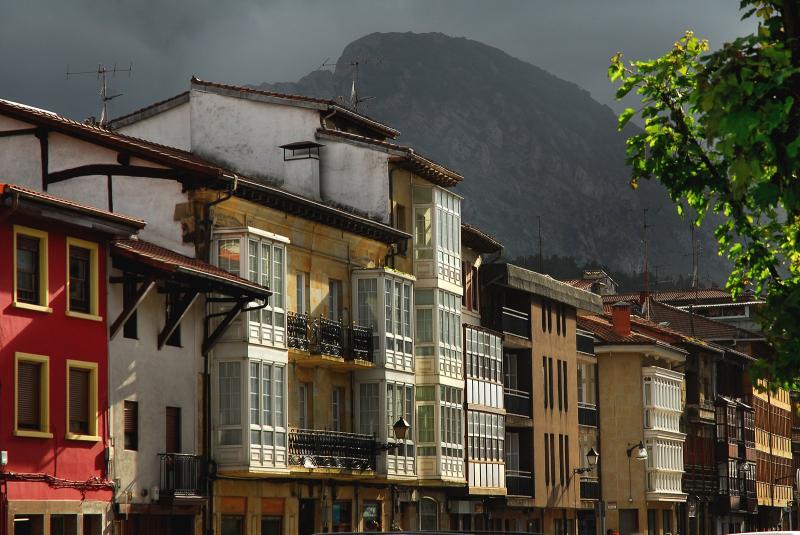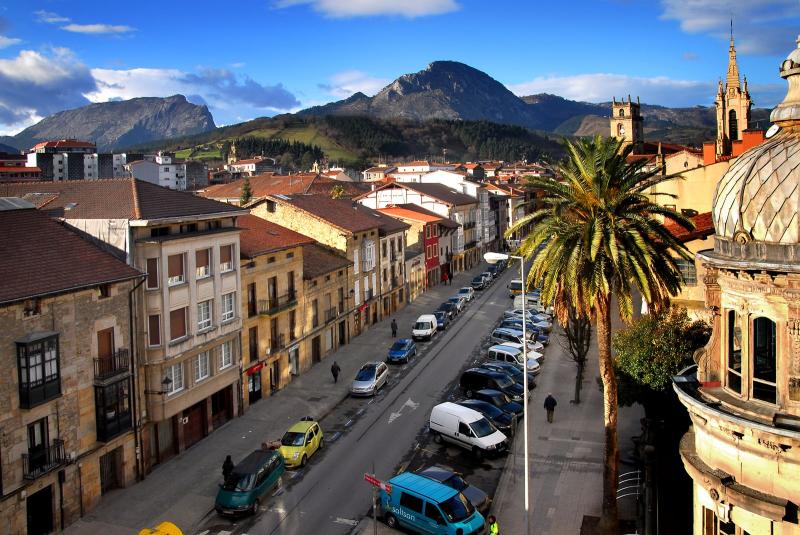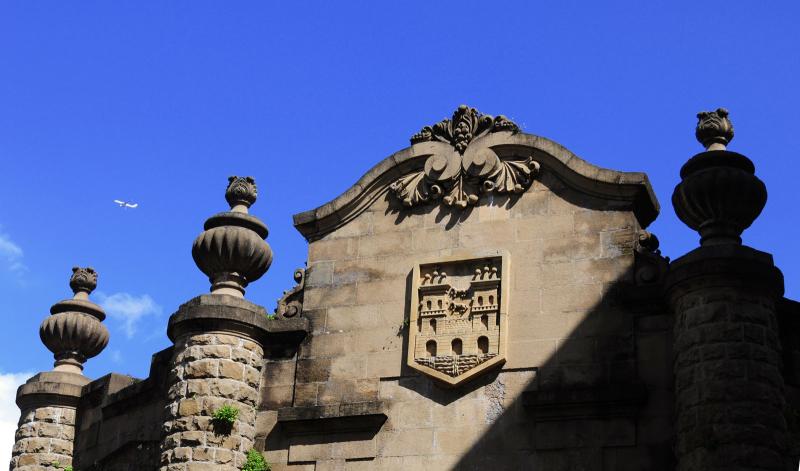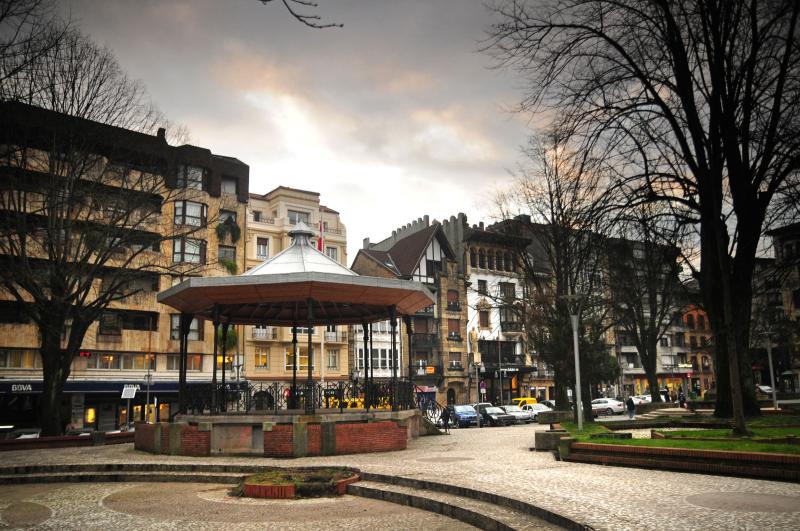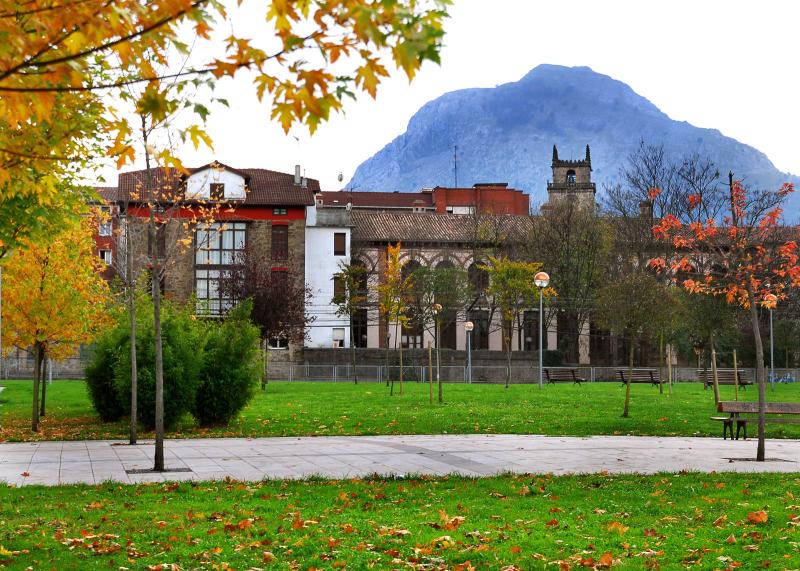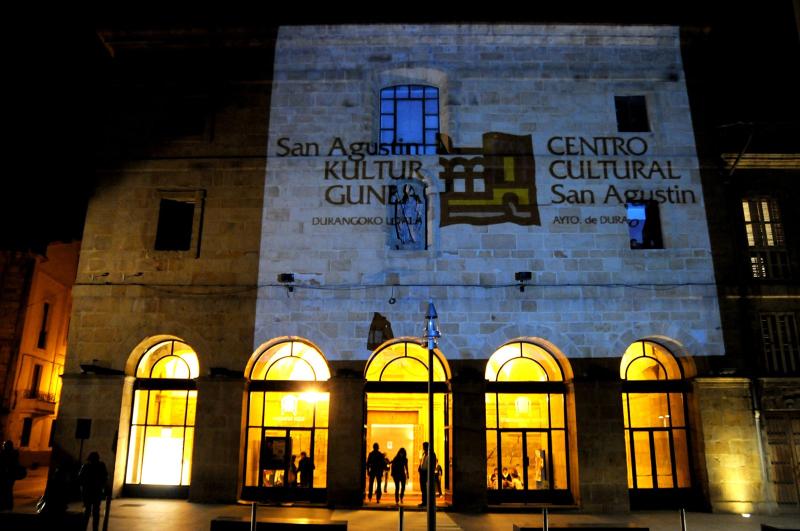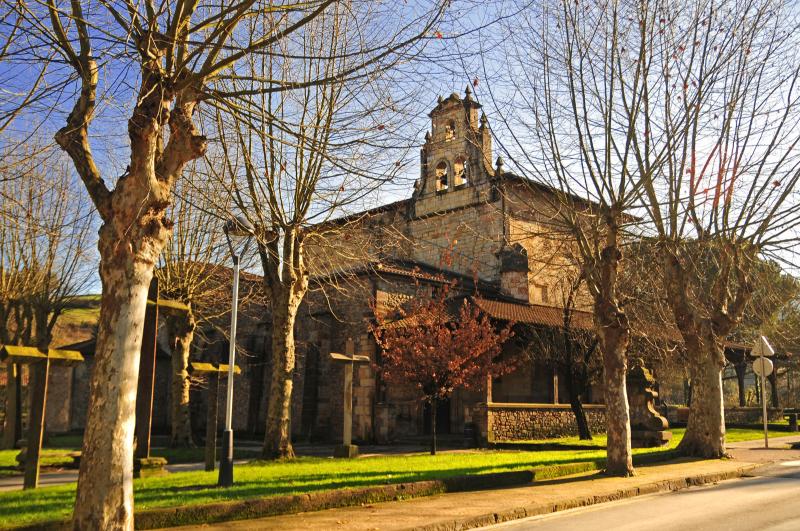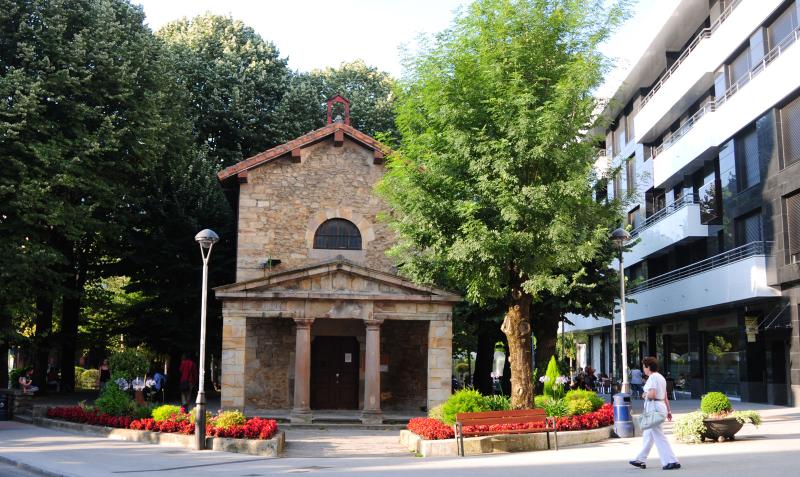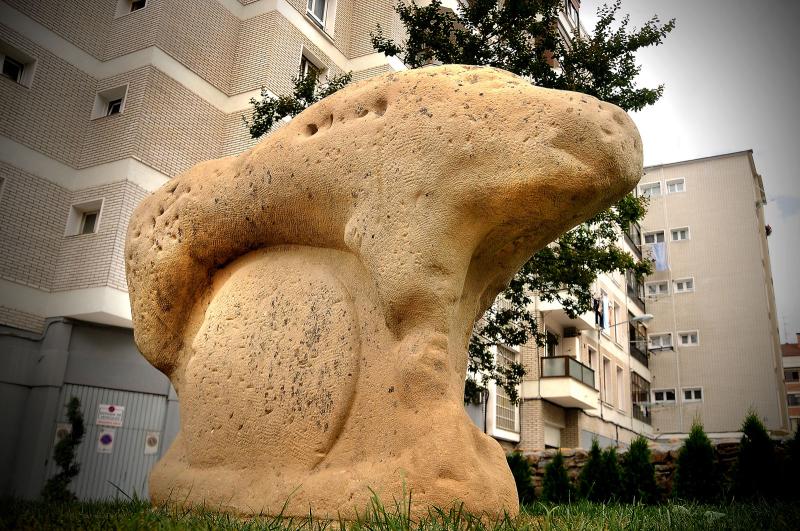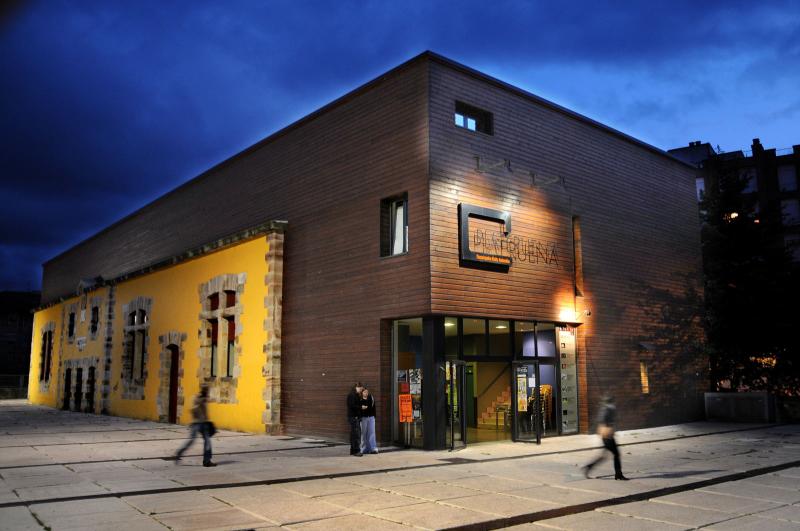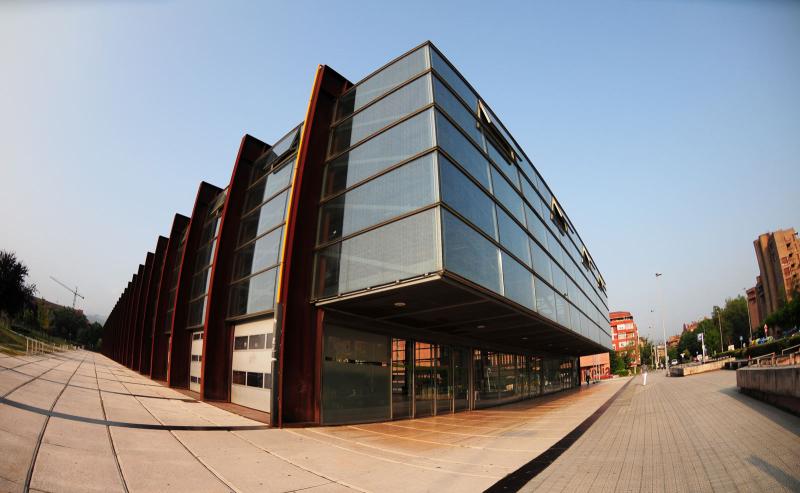The Jesuit Church
This is neo-gothic and dates from 1904. It is the work of architects Manuel Maria de Smith and Marcelino Arrupe. The interior was destroyed by the bombardment of 1937, and it was substancially rebuilt after the extensive damage suffered during the Civil War.
The design is neo-medieval and is a group encompassing the church, the residence and the educational sector. It is a space in which the tower and the spire of the church form an axis to a symetrical composition.
Monumental Fountain of Kurutziaga
It was built at the time of the inauguration of the water supply in 1862, under the direction of the local architect Pedro Jose de Astarbe.
On this spot throughout the centuries there was an irregular square where agricultural fairs were held, as well as being the venue for bullfighting during the traditional festivals in the town.
Garai Mansion House
The mansion house was built in 1895 by Don Justo de Garay following the demolition of an old pottery. The architect was Pedro Jose de Astarbe. It is based on French neo-baroque models. Main features are the slate roof, the mansard roof with windows all round, and the corner tower finished to form a bulbous dome.
Next to The Mansion House, on the left, we find another example of architecture from the same period, but this time using humbler materials faced with cut stone. On the face of this building we can see the marks left by shrapnel from the bombing raids of the Civil War.
Olalde House – La Cuadra
Dating from the middle of the XVII century, it is a notable example of residential baroque architecture, with the coat-of-arms on the façade.
It has recently been refurbished and divided into residential apartments.
Gorostiza House
A neo-baroque palace inspired by the parisian school, it was built in 1894, and today serves as the local headquarters of the Ertzaintza, the Basque police force.
The Houses of Kurutziaga
In this street you will find many buildings from the XVIII and XIX centuries, that replaced older ones. An example of this is No. 48 constructed in about 1860 in the late neo-classical style, or No. 42 in baroque style from about 1740, or those situated at Nos. 30 and 36 built in the 1840s in neo-classical style.

